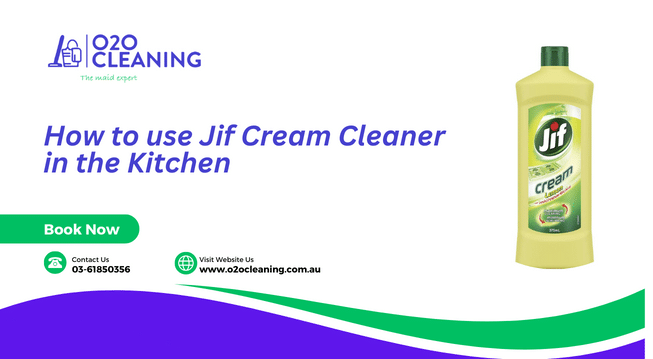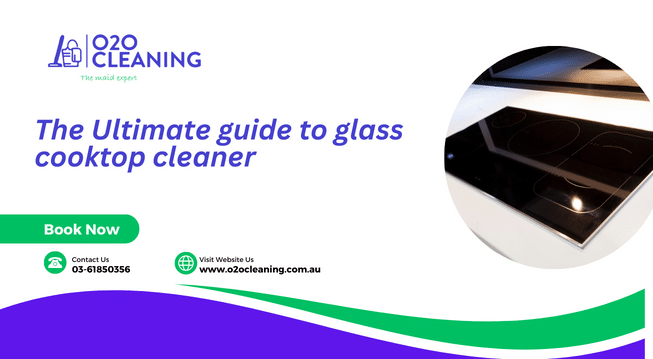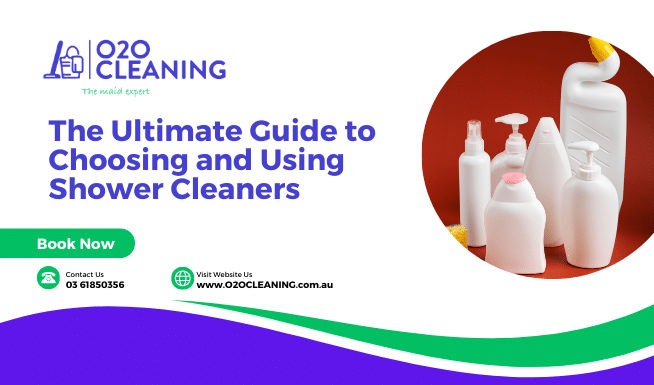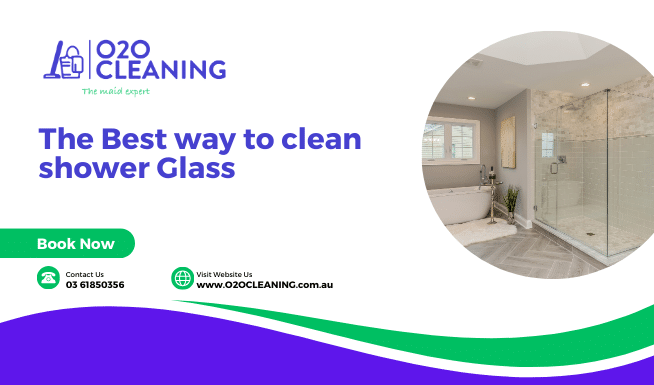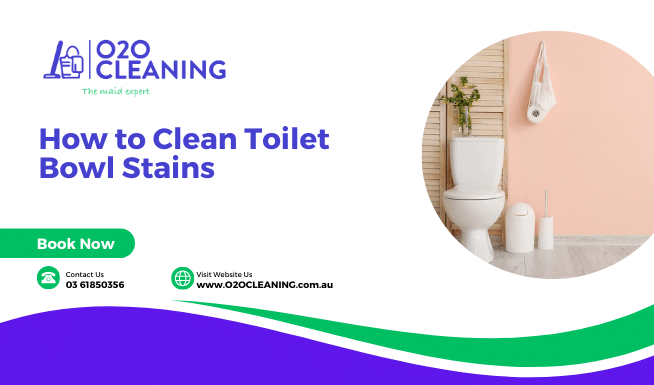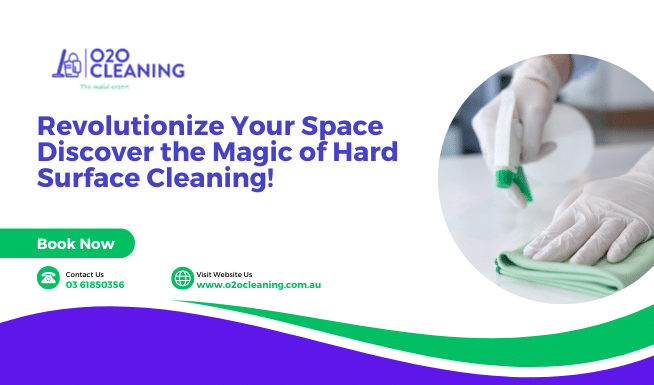What is cleaning with vinegar?
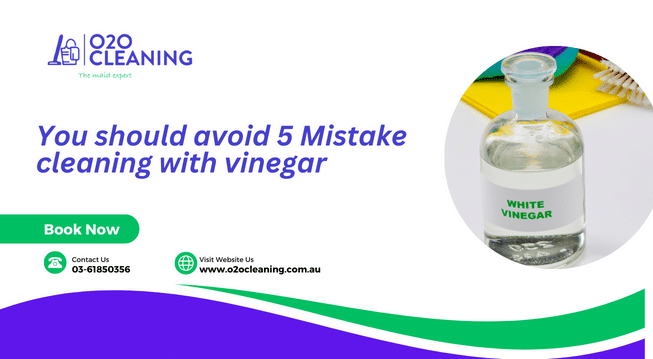
Cleaning with vinegar is a time-tested method passed down through generations. This article will delve into the intricacies of cleaning with vinegar, providing you with a comprehensive guide on using this versatile household item for your cleaning needs. Vinegar, particularly cleaning vinegar, is a potent cleaning agent that can tackle various household tasks. From removing stubborn stains to disinfecting surfaces, vinegar is a go-to solution for many homeowners.
Understanding Cleaning Vinegar
Cleaning vinegar, a variant of the common kitchen vinegar, is a potent cleaning agent. It’s a natural, non-toxic way to clean and disinfect your home. It’s effective, affordable, and environmentally friendly. Here’s what you need to know:
It’s more acidic than regular vinegar, which makes it more effective at breaking down grime and bacteria.
It’s great for removing hard water stains, cleaning kitchen appliances, and more. It can also be used to clean windows and mirrors without leaving streaks.
It’s not suitable for all surfaces. Due to its acidity, it can damage certain materials like marble and hardwood.
Mastering the Art of Floor Cleaning with Vinegar

Cleaning your floors with vinegar can leave them sparkling clean. Here’s a step-by-step guide:
1. Mix a solution of one part vinegar to one part water. This solution is strong enough to clean effectively but gentle enough not to damage most floor types.
2. Mop the floor with the solution. Be sure to wear out the mop well, and do not saturate the floor with water.
3. Rinse the mop and go over the floor with clean water. This will remove any residual vinegar solution.
4. Dry the floor to prevent water spots. You can do this by going over the floor with a dry mop or towel.
Remember, vinegar is acidic and unsuitable for all floor types. Avoid using it on marble, stone, or hardwood floors.
Keurig Maintenance: Deep Cleaning with Vinegar

Your Keurig coffee maker can benefit from deep cleaning with vinegar. Here’s how:
1. Fill the reservoir with equal parts vinegar and water. This solution will break down any mineral deposits or grime that has built up in the machine.
2. Run the machine until the reservoir is half empty. This will allow the vinegar solution to circulate through the machine.
3. Let the machine sit for 30 minutes. This will give the vinegar time to break down any stubborn deposits.
4. Run the rest of the solution through the machine. This will ensure that the entire machine is cleaned.
5. Run the machine with clean water to rinse. This will remove any residual vinegar taste or smell.
Microwave Refresh: Cleaning with Vinegar

Vinegar can help remove stubborn stains and odours in your microwave. Here’s a simple method:
1. Mix one part vinegar with two parts water in a microwave-safe bowl. The steam from this solution will help loosen any stuck-on food or stains.
2. Microwave the solution for 2-3 minutes. This will create much steam, so be careful when opening the microwave.
3. Wipe the inside of the microwave with a damp cloth. The steam from the vinegar solution should make this task easy and quick.
Top 5 Mistakes: What Not to Clean with Vinegar

While vinegar is a versatile cleaner, it’s not suitable for everything. Avoid using it on:
Marble or stone surfaces. The acidity of vinegar can etch these materials, causing permanent damage.
Hardwood floors. Vinegar can strip the finish of these floors, leaving them dull.
Electronic devices. The liquid can damage the electronic components.
Egg stains or spills. Vinegar can cause the proteins in the egg to coagulate, making the stain more difficult to remove.
Irons. The vinegar can damage the internal parts of the iron.
Is Cooking with Cleaning Vinegar Safe?
Cleaning vinegar is more acidic than regular vinegar, making it unsuitable for cooking. Always use food-grade vinegar for your culinary needs. While it may be tempting to use cleaning vinegar for cooking due to its higher acidity, it’s unsafe. The increased acidity can cause digestive issues, and the taste is much stronger and harsher than regular vinegar.
FAQs
1. Can I use cleaning vinegar on my hardwood floors?
No, it’s not recommended to use vinegar on hardwood floors. The acidity can strip the finish off the floors, leaving them dull and damaged.
2. Can I use cleaning vinegar to clean my oven?
Yes, cleaning vinegar can be used to clean your oven. However, you may need a more potent cleaner for heavy, baked-on grime.
3. Can I use cleaning vinegar to clean my windows?
Yes, cleaning vinegar is excellent for cleaning windows. It leaves a streak-free shine and removes the most common window stains.
4. Is cleaning vinegar safe for pet areas?
Yes, cleaning vinegar is safe for use in pet areas. It’s a non-toxic, pet-friendly way to clean and deodorize, but always rinse the area with water after cleaning to ensure no vinegar residue is left behind.
5. Can cleaning vinegar be used to remove mould and mildew?
Yes, cleaning vinegar can help remove mould and mildew. Its acidic nature breaks down mould and mildew, making scrubbing easier. For stubborn areas, let the vinegar sit for an hour before cleaning.
Conclusion
Cleaning with vinegar is an effective, affordable, and eco-friendly method. However, knowing what surfaces and items are safe to clean with vinegar is important. Vinegar’s versatility extends from kitchen surfaces to bathroom tiles, offering a natural solution for many cleaning challenges. Despite its strength, remember that certain materials like hardwood floors and natural stone require more gentle care. Always do a spot test before applying vinegar to any surface. With proper use, vinegar can be a powerful ally in maintaining a clean and healthy home environment.


![LED CLEANING The maid expert How Much does the cost of house cleaners. HOW WE WORK We provide cleaning services with many choices according to your needs at affordable prices, the most complete tools and reliable results Contact us: House Cleaning Move in & out Steam Cleaning +0361850356 Cleaning Sherization sentcet for experts. Get your deposit We provide sura deaning www.o2ocleaning.com [https://o2ocleaning.com.au]](https://o2ocleaning.com.au/wp-content/uploads/2024/03/o2ocover-2.png)



